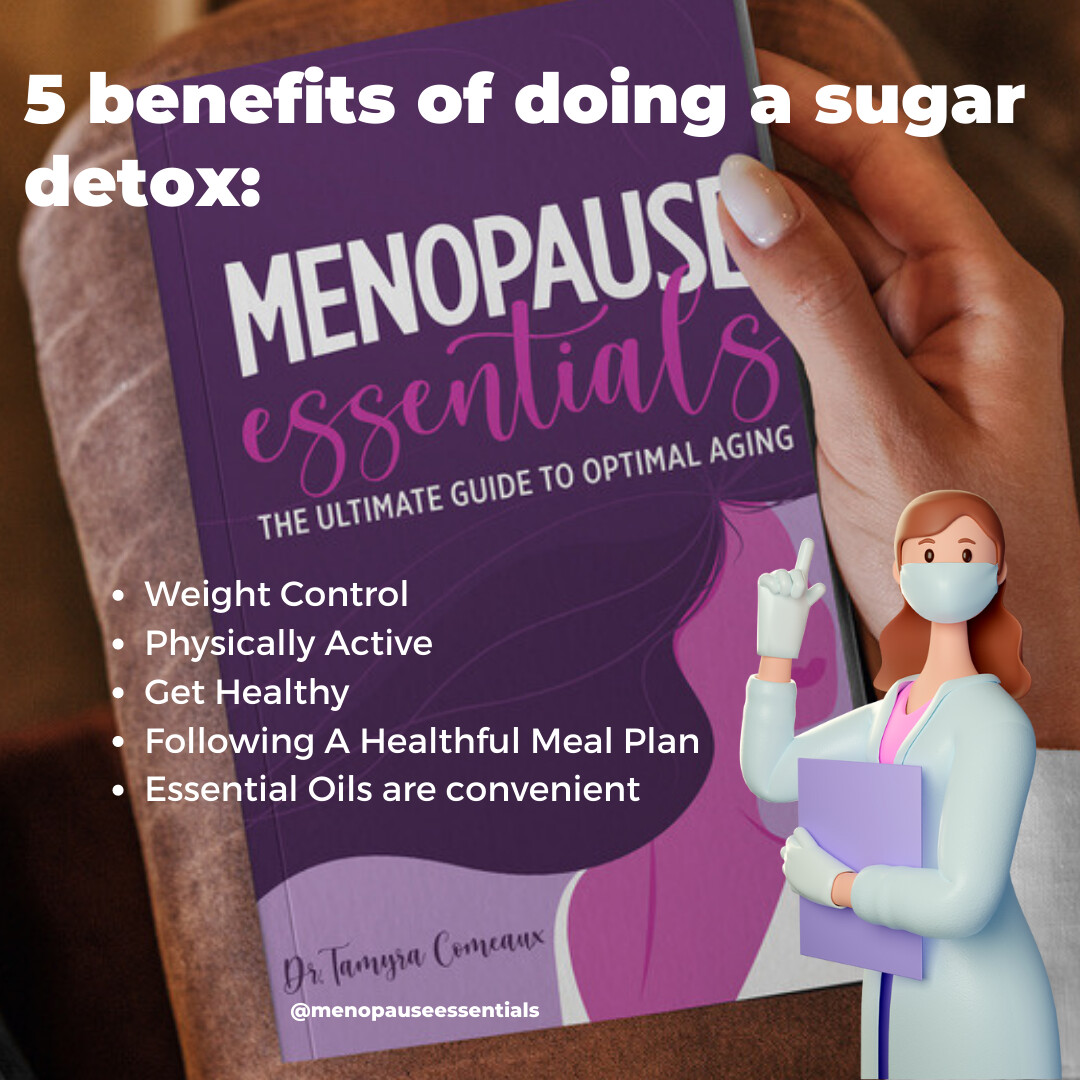
Have you ever wanted to do a sugar detox? Here are some reasons to consider doing a sugar detox:
1. We all eat more sugar than we need2. It is difficult for some people to control sugar cravings3. We often don’t realize how much sugar we are consuming4. Too much sugar can have a serious impact on our health
ESSENTIAL OILS AND BLOOD SUGAR
Essential oils, are a highly concentrated substance containing the components of the plant it is derived from. These concentrated substances are usually made through the distillation process, which separates the plant’s water-based compounds and oil by steaming.
The essence can come from extracting or distilling different parts of the plant such as the peels, flowers, bark, and leaves.
There are certain essential oils that have been shown to help balance blood sugar, improve insulin resistance, support healthy liver function, reduce inflammation and oxidative stress, boost the immune system, decrease stress hormones, and increase inner calm.
Several essential oils are believed or studied to have a beneficial effect on blood sugar levels, including:
- Cinnamon Bark (Cinnamomum zeylanicum). Research studies have demonstrated that cinnamon helps lower glucose levels, LDL cholesterol, triglycerides, total cholesterol, and increases insulin sensitivity in people with type 2 diabetes. Cinnamon oil is generally known for its powerful anti-inflammatory, antibacterial, anti-viral, and anti-fungal properties.
- Coriander (Coriandrum sativum). Coriander helps lower blood sugar in two ways. It demonstrates insulin-like activity at a cellular level, and it facilitates insulin release from the pancreas. Studies reveal that coriander also reduces triglycerides, LDL, and total cholesterol, and is associated with increased HDL cholesterol.
- Ocotea is distilled from the leaves of Ocotea quixos, a large tree found in the Amazon wilderness on the west side of the Andes Mountains. Used historically for more than 500 years to flavor cakes and sweets, ocotea it is commonly referred to by the native people throughout Ecuador as false canela, or false cinnamon. Ocotea essential oil has a warm, spicy aroma that is similar to but more delicate than that of Cinnamon Bark. Honored as a spiritual oil for many years, Ocotea is still used in purification rituals today.
- Fennel Vitality has a licorice-like flavor and is fantastic in post-meal tonics and teas for digestive and general wellness support. In addition, it can be used to add a delicious flavor to sauces, soups, and marinades.*
There are various ways to use essential oils:
1. You can use a diffuser to inhale the fragrance of the oil you’ve chosen. Mix 8 to 10 drops of the substance with water and pour it into a diffuser. The diffuser will break the substance apart into small molecules and disperse them through the air. You could blend several of the oils if you have them.
2. You can also ingest the oil, but make sure you are using oils labeled for this use.
3. If applied topically, it takes approximately 20 minutes for the substance to affect cells in the body. It is metabolized in a few hours. Make sure to dilute the substance first. Add one to two drops of essential oil per one teaspoon of carrier oil.
4. Find a relaxing blend that contains Ocotea , Cinnamon or Clove and use it as a daily fragrance. For example, being in flight or fight mode or constant pressure may cause you to crave sugar. Stress Away. contains Ocotea, and is available in a convenient rollerball.
It is important to consider the purity and therapeutic grade of the oils being used. Some of the oils I use can be inhaled, used topically, or ingested. Search for cinnamon vitality here.
Slique® Essence combines Grapefruit, Tangerine, Lemon, Spearmint, and Ocotea with stevia extract in a unique blend that supports healthy-weight management goals. These ingredients work together to help control hunger. Slique essence, Slique gum, and Slique Tea
More information:
Davis, Paul A, and Wallace Yokoyama. “Cinnamon intake lowers fasting blood glucose: meta-analysis.” Journal of medicinal food vol. 14,9 (2011): 884-9.
Ogundajo, Akintayo Lanre et al. “Medicinal properties of Ocotea bullata stem bark extracts: phytochemical constituents, antioxidant and anti-inflammatory activity, cytotoxicity and inhibition of carbohydrate-metabolizing enzymes.” Journal of integrative medicine vol. 16,2 (2018): 132-140.
Gray, A M, and P R Flatt. “Insulin-releasing and insulin-like activity of the traditional anti-diabetic plant Coriandrum sativum (coriander).” The British journal of nutrition vol. 81,3 (1999): 203-9.
El-Ouady, Fadwa et al. “Antihyperglycemic Effect of the Aqueous Extract of Foeniculum vulgare in Normal and Streptozotocin-induced Diabetic Rats.” Cardiovascular & hematological disorders drug targets vol. 20,1 (2020): 54-63.
Zulcafli, Azrin S et al. “Antidiabetic Potential of Syzygium sp.: An Overview.” The Yale journal of biology and medicine vol. 93,2 307-325. 29 Jun. 2020




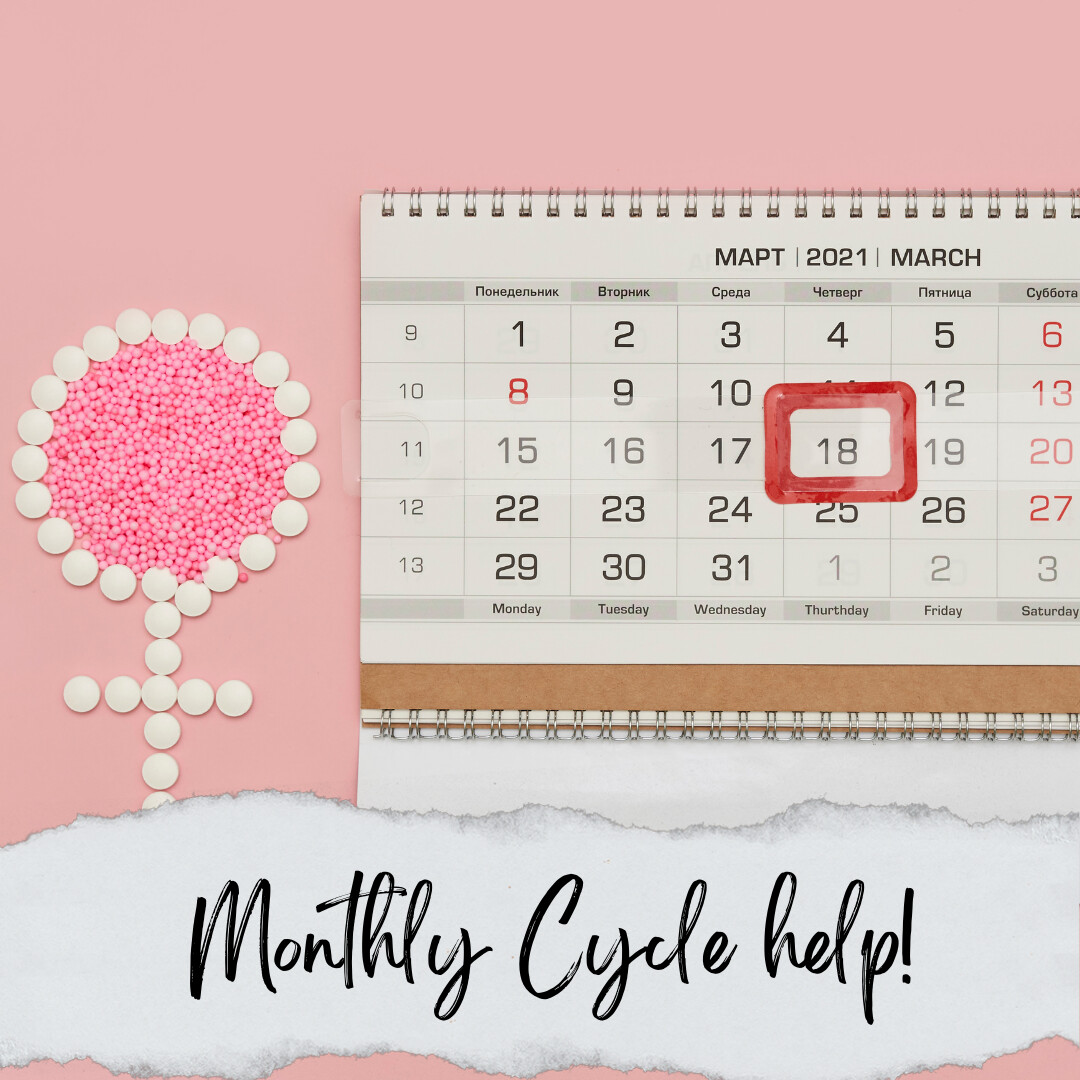
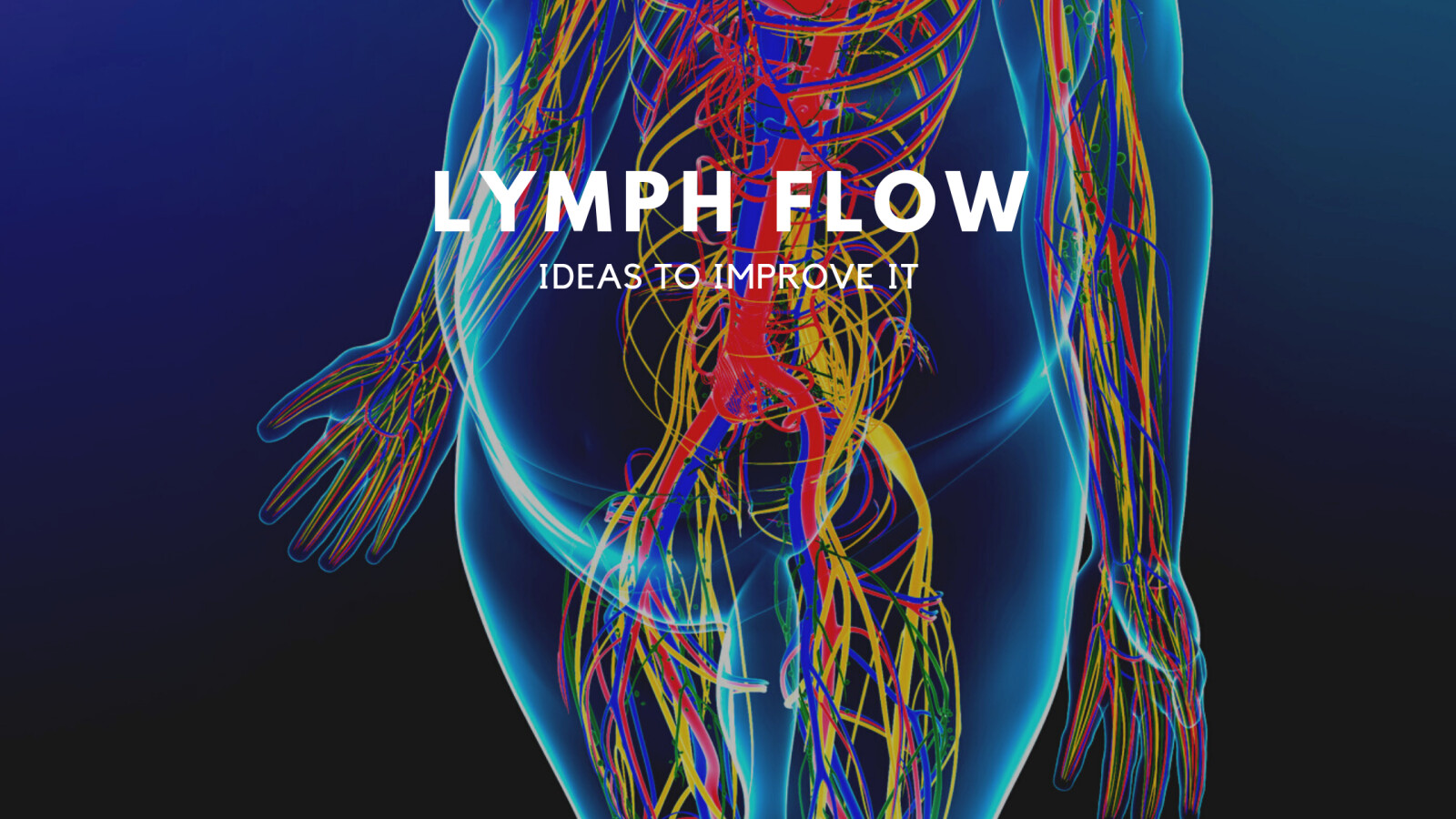
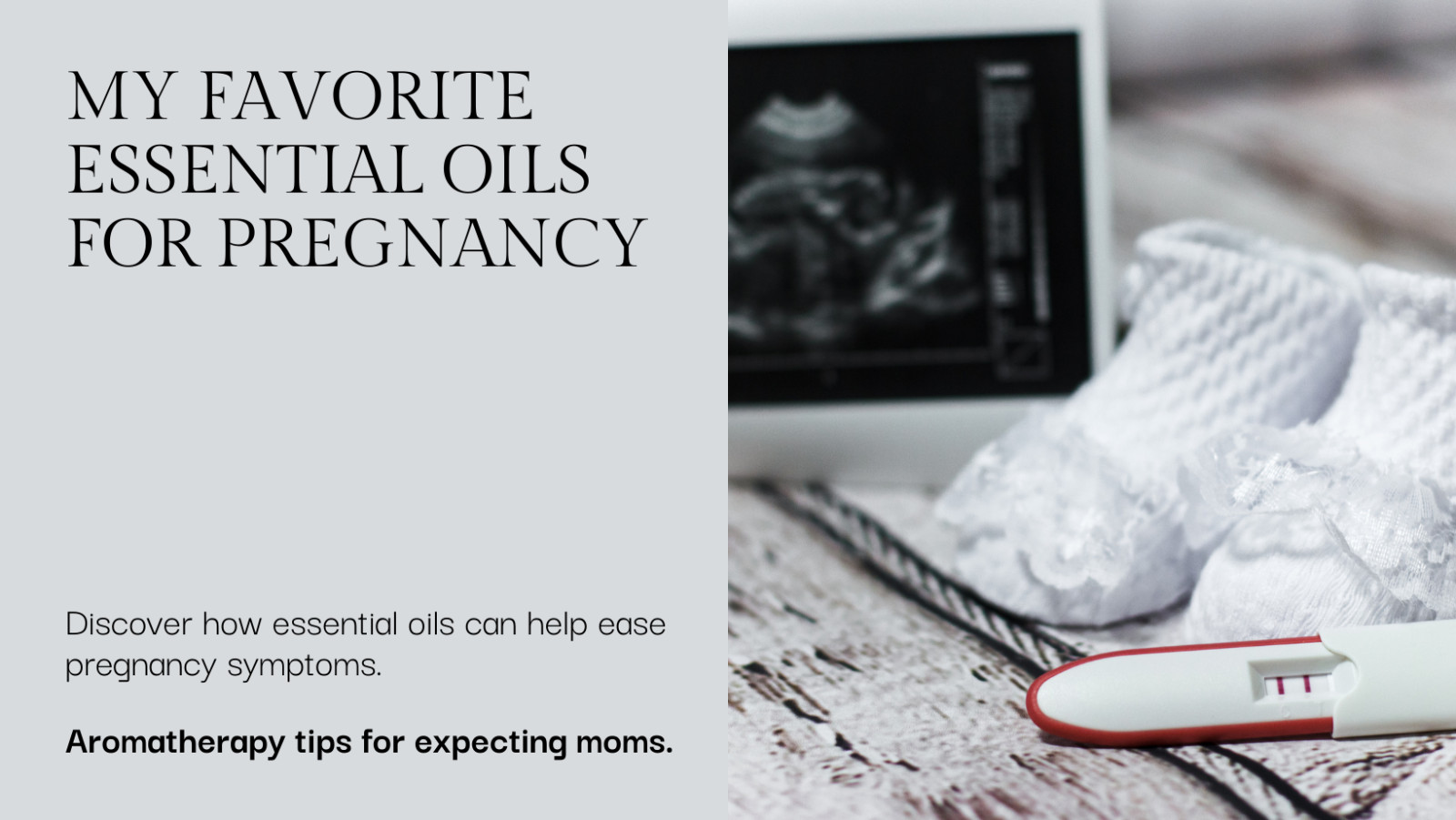


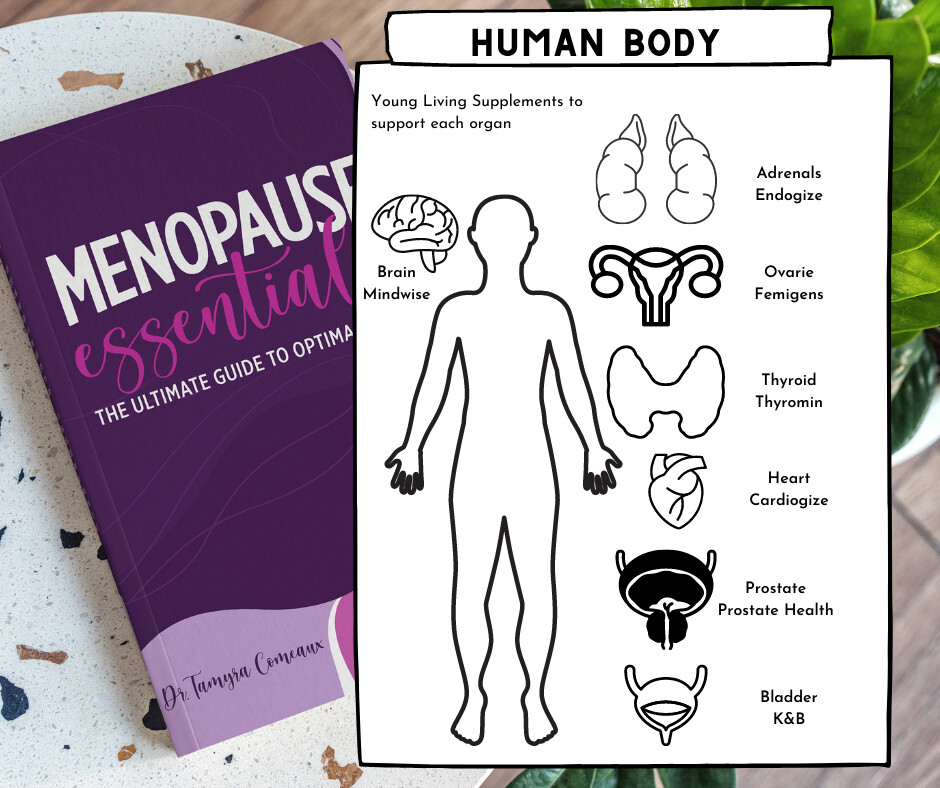
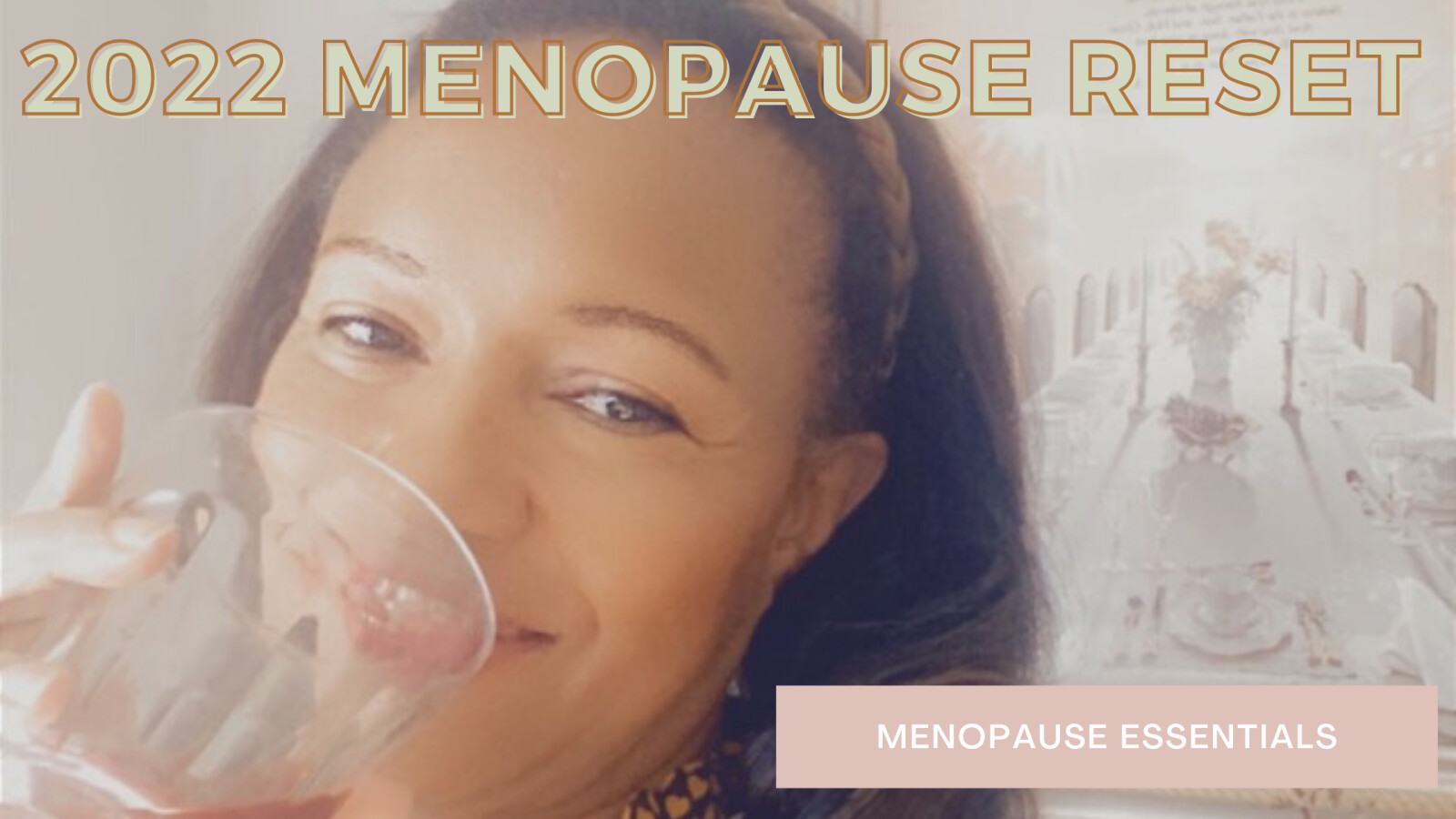


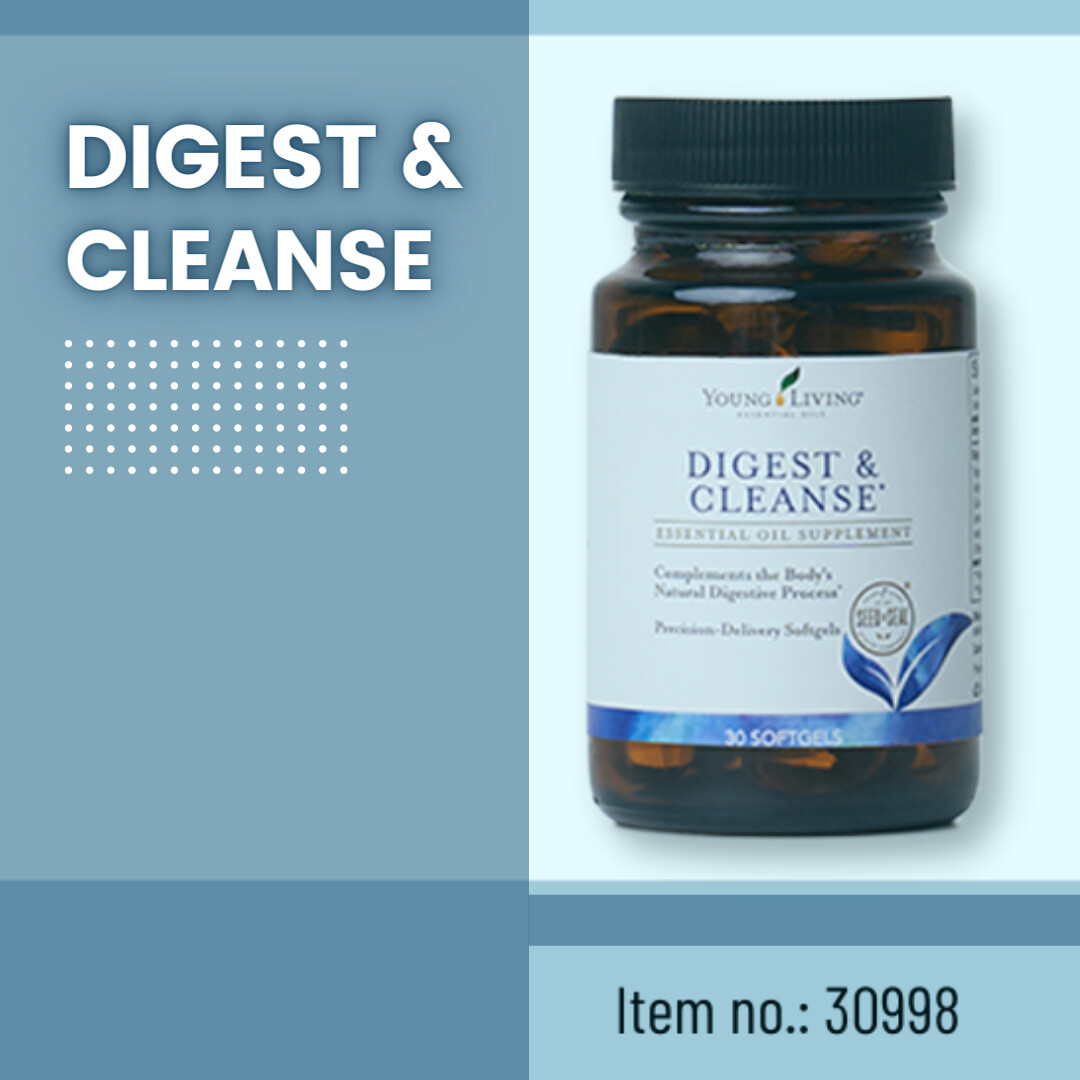
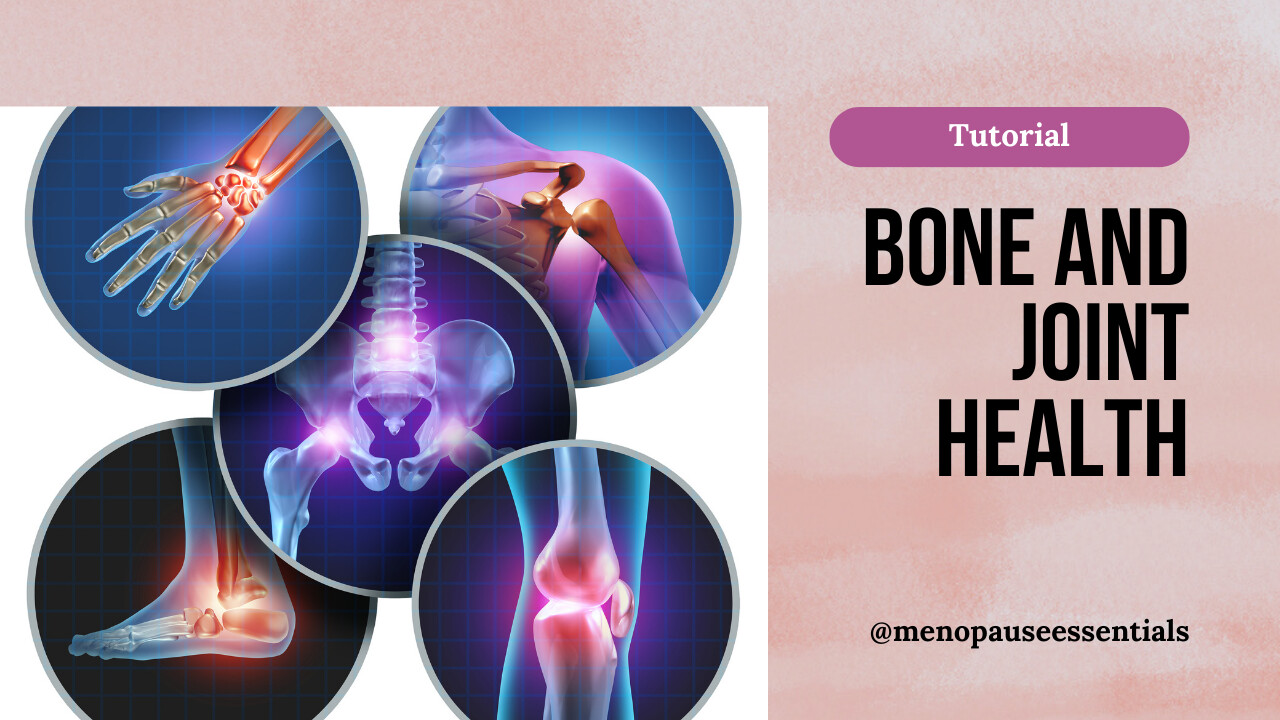

0 Comments